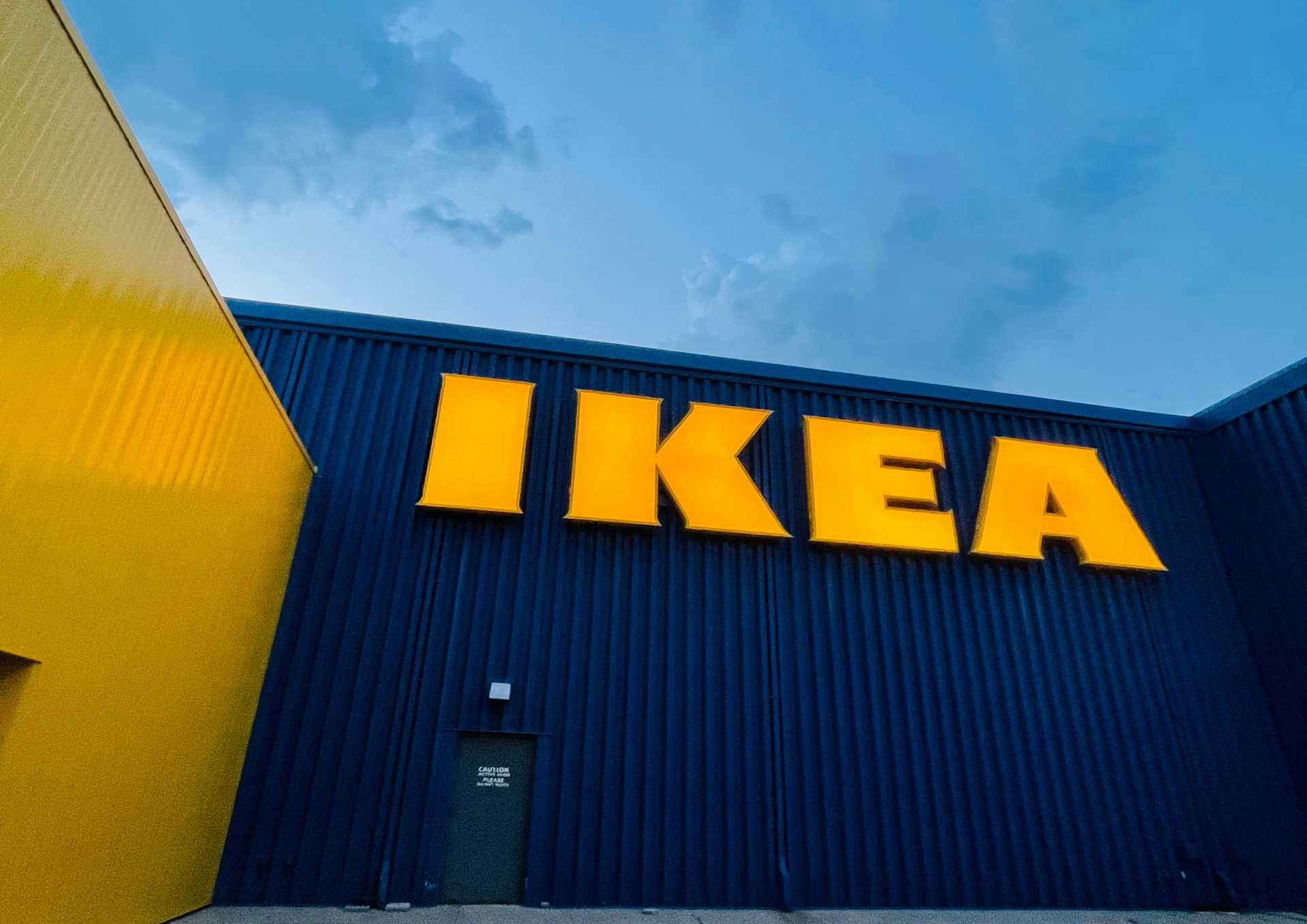Following on from the previous blogs from ‘Why You Should Be F***ing With Video’, Chris shares some insights into how marketers can use paid media to expand the reach of their video content…
See below for the full video transcription.
VIDEO TRANSCRIPTION:
Alright. Who loves those really annoying ads that follow you around the internet all day? That’s pretty much what I do. Sorry about that. Not sorry.
No, but what we’ve noticed in recent years is that there’s been a massive adoption to video as a preferred ad content in advertising. We do everything, pretty much. The social, programmatic, PPC, everything like that. But we’ve noticed there’s been a real appetite for video, which isn’t really a surprise based on what these guys are saying. It’s what everybody wants to do. It’s the shift that everybody’s making in the paid marketing area.
And I’m sure you’re familiar with the variety of different ad formats that you get now. Advertisers can pretty much get in front of you wherever you are, cross-screen, cross-platform, pretty much get in your space and, obviously, harness the data they’ve got. There’s tons of different targeting segments and data signals that paid advertisers can leverage to get in front of their key audience now. More powerful than they’ve ever been before, and that’s why you’ll probably notice that when you are browsing Facebook, for example, the content that you’re being served is more relevant than it’s ever been before. So there’s tons of different signals that you can use to make sure that the content is more relevant.
As I say, video is becoming one of the most used ad formats that we’ve used. I think the ones that you’re probably the most familiar with is things like your social feeds on Facebook and Twitter now. It’s just absolutely littered with video ad content. And across YouTube, some of the legacy platforms there like YouTube, all the pre-roll and masthead ad creative formats. And then there’s just the regular content website formats that you get. Or if you’re browsing in an article, like, a Facebook Instant Article or something like that. So they’re popping up left, right, and center. And then there are some more custom ad formats like your in-app ones and your interstitial, expandable ones that are a little bit more disruptive but generally do well on a performance level.
And you’ve got to remember, as well, in paid advertising, we put a lot of emphasis on trackability and measurement. So, you know, we know that this stuff is working. There’s been massive improvements to tracking and transparency in paid advertising in recent years as well. So we know that the money that we’re putting in, we’re getting out. Or we’re not, and we’re changing strategy. But, yeah, we can pretty much get in front of you wherever you are. But we won’t kill you.
Yes, it’s so big, in fact, that in the U.S., it’s managed to increase its digital ad spend share by 10% in the last six years, which is pretty phenomenal. And along with other rich media formats like HTML, animated stuff as well, but I think video has seen the biggest increase there. And what we’ll probably see over time is just that the static banner imagery that you see on content websites, that will probably be completely superseded by video content over time.
And you can sort of understand that from your own experiences as well. When you’re browsing a content website and, say, there’s two or three different ads above the fold and in your view, if one is animated or one is video, is that one that’s gonna grab your attention. And there’s a lot of evidence to support that now as well. And I think, as well, video ads are estimated in the U.S. to become, I think, an £18 billion industry this year, which is pretty phenomenal. That’s pretty huge.
So, video has been around forever, right? So, why is it only now that we’re seeing so many more ads? One of the first things is obviously that video shooting and production is a lot more affordable than it’s ever been. It was only really bigger brands and advertisers that in the past could really afford the cost of production, editing, and everything else that goes with it, and actually piecing that all together. Now it’s a little bit more affordable. It’s driving down the price, and smaller agencies and advertisers are able to get on board with it.
Ad servers and file sizes as well. Ad servers weren’t as sophisticated as what they are now, and obviously, video file sizes are pretty enormous as they are as well. And then paid advertisers that go and wrap video creative in a load of different tracking tags as well, which would further bulk out the file size, which…it obviously will have an impact on the load speeds, which have been terribly slow in the past.
And it wasn’t always seen as an efficient method for advertisers because half the time, the impression of the video would get served and they’ve already lost the attention of the user. And it’s not even loaded in time, but obviously the advertiser’s already paid by that point. So it’s not been the most efficient. And like I said before, hard to tell whether you’re just throwing your money at the wall there or not. I think it comes down to a bit of a vanity thing with a lot of advertisers as well. They just like the brand being out there, and I think there’s been a lot more emphasis put on that in recent years.
Video inventory is quite expensive, as well, to buy versus other creative formats, which isn’t hard to understand. You can get your message over more concisely, you know, and tell a better story in a shorter space of time than you can do with just a boring static banner. So there’s been a lot more competition for video inventory, and obviously publishers are lapping that up now. They’ve loving the fact that they’re able to charge a little bit more, and there’s a lot more publishers that are actually supporting video content on the site as well. It’s much more of a lucrative ad format for those guys, so why wouldn’t you?
And, like I say, measurement of ad performance as well. A lot of advertisers are wising up to the fact now that they can actually buy tools or get access to tools that are gonna properly attribute on the, you know, bottom line revenue and ROI level that the video is actually an effective route, as well. And that ties in with what I said just then as well. It has been a massive vanity thing for a lot of brands before, but we’ve only just reached now, over the last couple of years, a point where video advertisers can confidently say, “Yes, this is driving my bottom line revenue.”
A couple of growth factors. Probably really obvious ones here as well, but there’s more affordable mobile data packages about now. I think you can get a 5-gig data package for around 12 or 15 quid, which is really competitive. So there’s a lot more data usage than there’s ever been before. There’s better accessibility to Wi-Fi, hotspots and stuff like that. You can pretty much get it wherever you go, so there’s people just generally using it a lot more. Better mobile coverage as well. So, there’s masts going up left, right, and center as well, so the frequency that people are able to access the data is improving as well. And higher-resolution mobile screens as well. I think that’s really taken off. In the last five years, you’re getting, you know, high-resolution HD and 4K screens now. So, there’s a much bigger incentive there for people to actually watch video.
And improved monetization for publishers supporting video as well. Like I say, they wanna invest in that. They wanna make sure that the infrastructure on the site is in place and in good nick to be serving video creative because they’ll make more money from it. And as a result of that, advertisers are seeing better results from video as well. So it works both ways. Like I say, I think eventually, over time, what you’ll see is you’ll see a complete cessation of, obviously, the standard traditional banner ad creatives and more video. It might become a little bit annoying and a bit distracting from time to time, so it’d be interesting to see what happens in the next stage of evolution of that.
And finally, ad technology’s improvements as well. This is really, really vast. I can’t tell you how much this has improved in recent years. When I started out and…it was pretty much AdWords, a really basic AdWords interface. The ad technologies now have grown so much that you can pretty much incorporate and integrate every single sort of paid ad channel, and there’s a lot more attribution tools in there as well to, you know, piece together how these are all interacting with each other and how they’re actually contributing to each other.
And, like I say, when I first started out, you measured everything on a last-click basis. So if your video, you know, wasn’t driving in any last clicks, which it probably won’t do because people are aware now that there’s a much longer purchase cycle. Then, you know, your client would turn around to you and say, “Well, what’s all this about? It’s not actually driven any sales on a last-click basis,” which we all know is a load of rubbish now, and there’s a lot more that goes on in that purchase cycle.
So, like I said before, there’s a lot more publishers that are supporting it, and it really is driving the digital economy. So I think it’s expected by 2020, in the U.S, video will be worth $22 billion as an industry, which is pretty enormous. And I think it’s on that upwards trajectory. It’s probably gonna increase even more.
But, like I say, it’s driving the digital economy. Publishers are supporting it. Advertisers want it because it drives better results. And there’s some impressive industry statistics to back it up as well. It’s not just a load of fluff, there’s some hard and fast stats there. So, video as an ad format versus all other digital display ad formats generates 40% greater message recall. It also has 27% higher click-through rates and 34% higher conversion rates, so it is really an effective method for your paid advertising.





